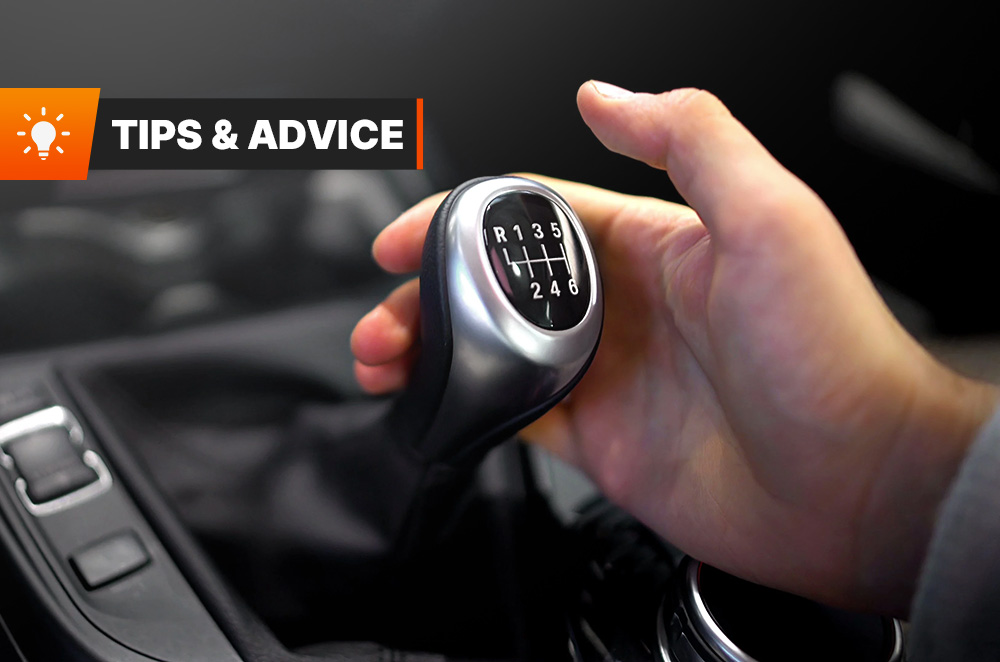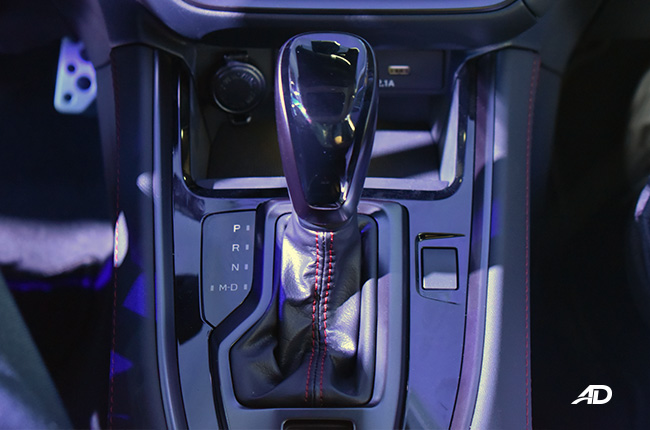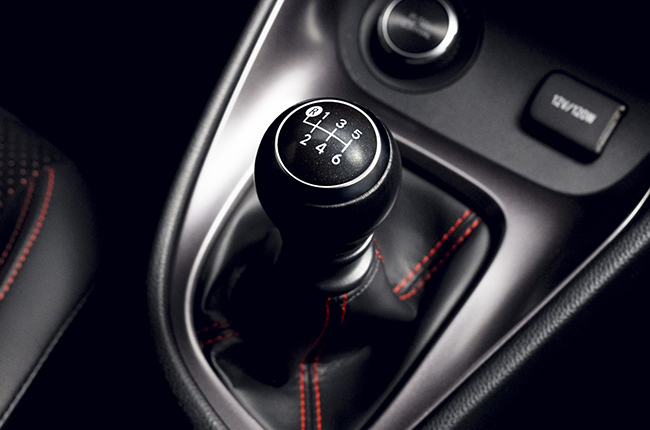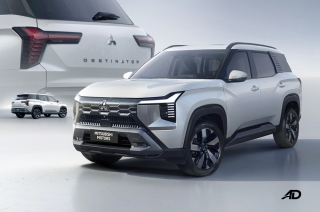
The world of automotive transmissions is fascinating, with a wide variety of options available to drivers today. Each transmission type offers a unique driving experience, and understanding how to operate them can significantly enhance your time behind the wheel. Here, we will delve into the intricacies of five popular vehicle transmissions: Automatic, CVT, DCT, Automated Manual, and Manual. So buckle up and get ready to embark on a journey of transmission mastery.
Automatic Transmission

The automatic transmission is a classic choice for drivers seeking a smooth and effortless ride. With its ability to shift gears automatically, it takes away the need for manual intervention. To drive an automatic vehicle, simply put your foot on the brake pedal, insert the key, and turn it to start the engine. Once the engine is running, move the gear selector to the "Drive" position. Gradually release the brake, and the car will begin to move forward. To slow down or stop, gently apply pressure to the brake pedal. Some automatic transmissions also offer additional modes like "Sport" or "Manual," allowing drivers to have more control over gear changes with the use of paddle shifters.
Continuously Variable Transmission (CVT)

The CVT provides seamless acceleration and optimal fuel efficiency. Instead of fixed gear ratios, a CVT utilizes a system of belts and pulleys to provide an infinite number of gear ratios, allowing the engine to operate at its most efficient speed. To drive a vehicle with a CVT, follow a similar procedure as with an automatic transmission. Start the engine, move the gear selector to "Drive," and release the brake. Unlike traditional transmissions, there are no distinct gear shifts or jerking motions. Instead, the CVT adjusts the ratio smoothly and continuously as you accelerate or decelerate, keeping the vehicle at the best powerband at all times in pursuit of maximum efficiency.
Some cars with CVTs also have a manual mode to give drivers a more engaging experience. Automakers will usually equip these models with paddle shifters or an additional slot on the shifter.
Dual-Clutch Transmission (DCT)

The Dual-Clutch Transmission combines the best of both manual and automatic transmissions, offering lightning-fast gear shifts and improved fuel efficiency. It utilizes two separate clutches, one for odd gears and the other for even gears, allowing for seamless gear changes without interrupting power delivery. To drive a vehicle equipped with a DCT, start the engine and press the brake pedal. Move the gear selector to "Drive" or "Manual" mode if available. In "Drive" mode, the transmission will shift gears automatically. However, if you opt for "Manual" mode, you can take control of the gear changes using paddle shifters or the gear lever.
It is also very important to note that one should not crawl in traffic in a DCT, the same way you would creep or crawl in a conventional Automatic Transmission or CVT, as this could cause premature wear to the transmission components. The best way to drive a DCT when you are stuck in traffic is to make sure only to move once there is sufficient space between you and the vehicle in front of you.
Automated Manual Transmission

The Automated Manual Transmission (AMT) brings the convenience of automatic shifting to vehicles with a traditional manual gearbox. It’s a manual transmission equipped with automatic actuation for the clutch and gears. It uses an electro-hydraulic system to engage the clutch and shift gears automatically, mimicking the experience of driving a manual transmission without the need for a clutch pedal. To drive a vehicle with an AMT, start the engine and press the brake pedal. Move the gear selector to "Drive" or "Manual" mode. In "Drive" mode, the AMT will shift gears automatically. However, in "Manual" mode, you can take control of the gear changes using the gear lever or paddle shifters, just like in a manual transmission, but do take note that not all automated manual transmissions allow you to hold your gear like a conventional manual transmission.
Manual Transmission

The manual transmission, also known as a "stick shift," provides a more direct and engaging driving experience. Using a gear lever, the driver must manually engage the clutch and shift gears. To drive a manual vehicle, ensure that the parking brake is engaged, press the clutch pedal fully, and turn the key to start the engine. Release the parking brake once the engine is running, keeping the clutch pedal depressed. Shift the gear lever into the desired gear (typically first gear for starting), and slowly release the clutch pedal while gradually pressing the accelerator pedal. As the engine speed increases, smoothly release the clutch pedal to engage the gear and start moving. To shift to higher gears, lift your foot off the accelerator, press the clutch pedal, move the gear lever to the next gear, and release the clutch pedal while applying gentle pressure on the accelerator. When you need to slow down or come to a stop, press the clutch pedal, apply the brake, and shift to lower gears as the vehicle's speed decreases. Finally, when you reach a complete stop, engage the clutch fully to prevent stalling.
Remember to keep a mental note of what gear you are in to prevent a “Money Shift.” A "money shift" occurs when a driver with a manual transmission attempts to shift up, such as from third to fourth gear, but accidentally shifts down instead. The term reflects the significant cost of repairing the damage caused by this error or in simpler terms, lots of cash down the drain.
Latest Features
-
Tire tread patterns: What they are and why they matter to your car / Tips & Advice
Tire tread patterns aren’t just for looks; they also determine traction, handling, and overall performance on the road.
-
Five things to check on your car before driving during the rainy season / Featured Article
Planning to drive in the rain? Make sure to inspect these five vital parts of your car before hitting the road.
-
What we can expect from the upcoming Mitsubishi Destinator / Featured Article
The Destinator debuts this July 23, and according to Mitsubishi, it’s more than just an XForce with extra seats.
Popular Articles
-
Cheapest cars under P700,000 in the Philippines
Jerome Tresvalles · Sep 02, 2024
-
First car or next car, the Ford EcoSport is a tough package to beat
Jun 18, 2021
-
Car Maintenance checklist and guide – here’s everything you need to know
Earl Lee · Jan 12, 2021
-
Most fuel efficient family cars in the Philippines
Bryan Aaron Rivera · Nov 27, 2020
-
2021 Geely Okavango — Everything you need to know
Joey Deriquito · Nov 19, 2020
-
Family cars in the Philippines with the biggest trunks
Sep 20, 2023
-
Head to head: Toyota Rush vs. Suzuki XL7
Joey Deriquito · Oct 28, 2020
-
Why oil changes are important for your car
Earl Lee · Nov 10, 2020
-
2021 Kia Stonic — What you need to know about it
Joey Deriquito · Oct 16, 2020
-
Top 7 tips for buying a used car in the Philippines
Joey Deriquito · Nov 26, 2020



